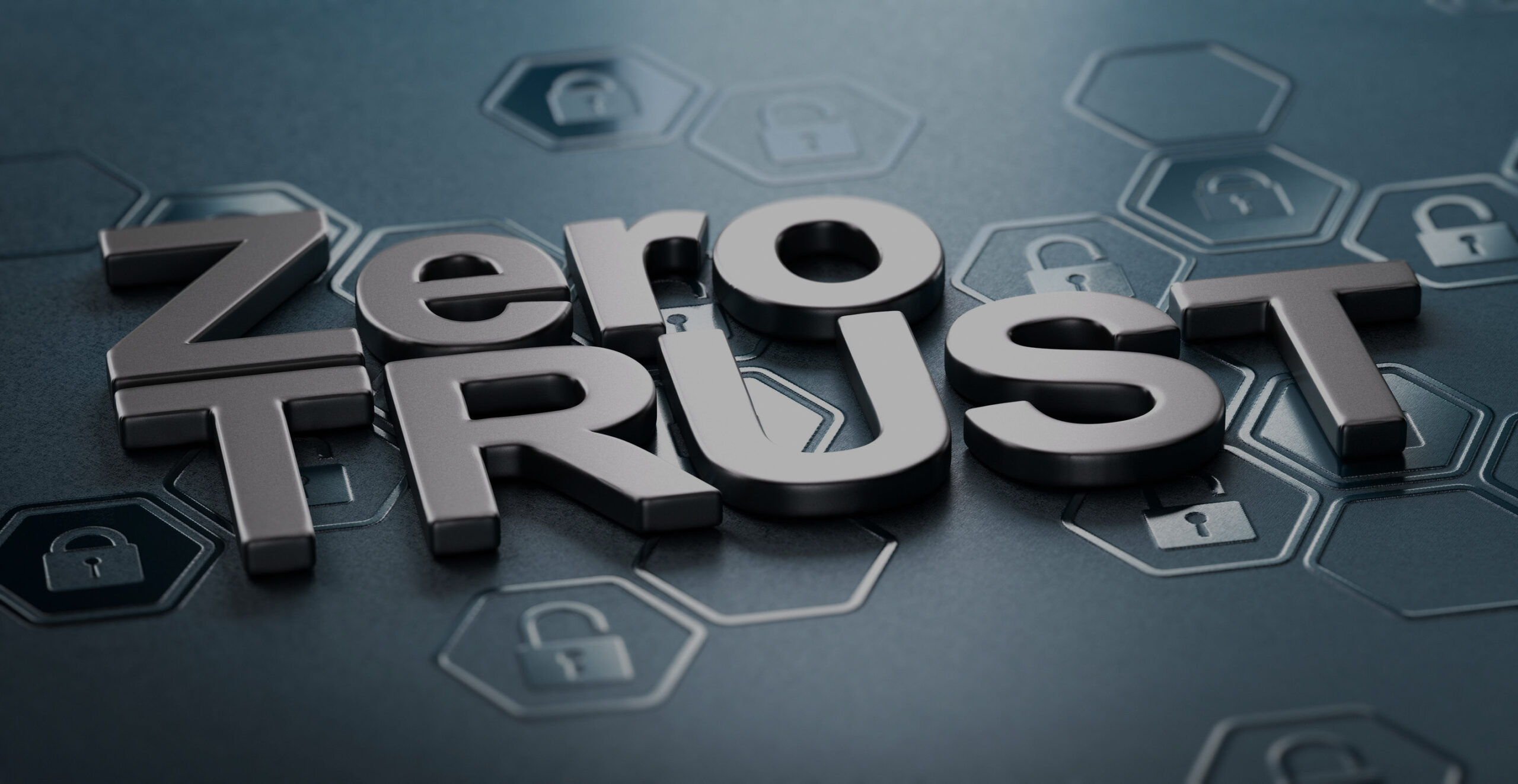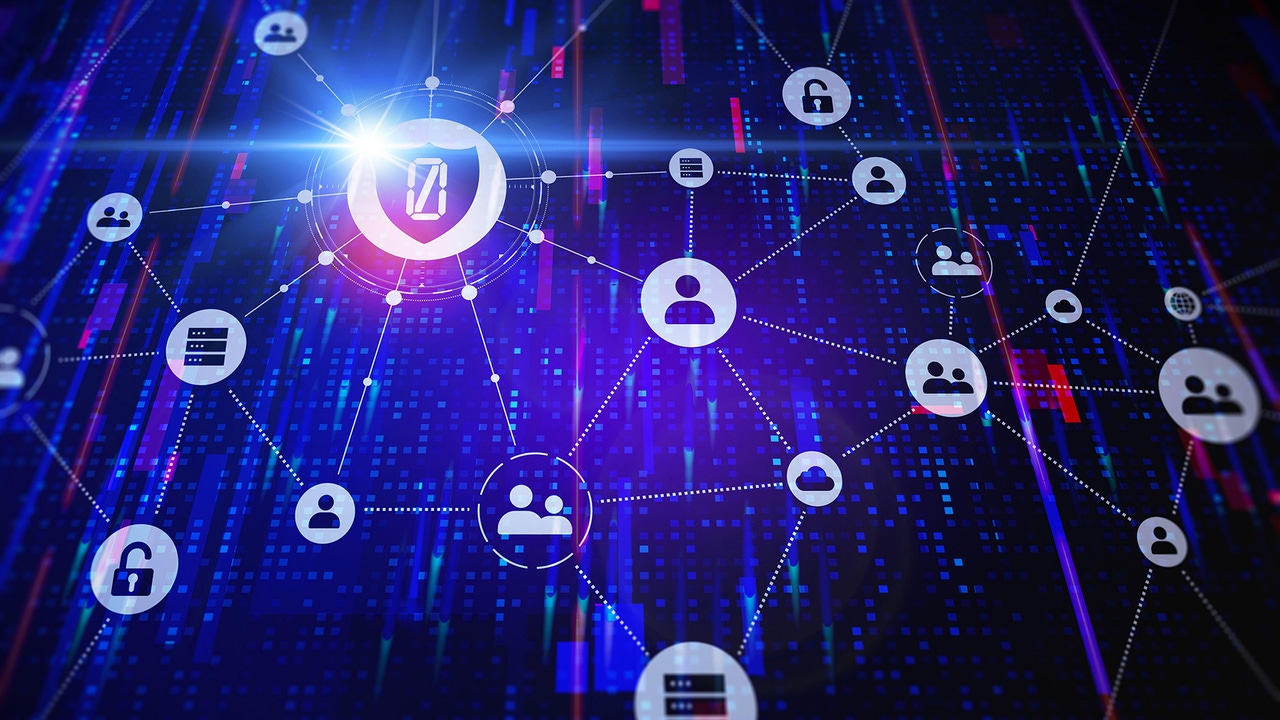The Shift to Remote Work
The global workforce has witnessed a significant transformation, with remote work becoming a standard practice rather than an exception. This shift has been propelled by global events such as the COVID-19 pandemic and facilitated by technological advancements in cloud computing, collaboration tools, and high-speed internet. While offering flexibility and expanded talent pools, this new work paradigm introduces complex security challenges.
Emerging Security Challenges
Traditional security models, which rely on a defined network perimeter, are increasingly inadequate in the face of modern threats. The proliferation of personal devices (BYOD), unsecured home networks, and cloud-based applications has expanded the attack surface, making it easier for cybercriminals to exploit vulnerabilities. Moreover, the assumption that internal network traffic is trustworthy no longer holds true, as insider threats and compromised credentials have become prevalent.
Introducing Zero Trust Architecture (ZTA)
Zero Trust Architecture emerges as a robust solution to these challenges. Unlike traditional models, ZTA operates on the principle of “never trust, always verify,” ensuring that every access request is authenticated, authorized, and continuously validated, regardless of its origin. By implementing ZTA, organizations can enhance their security posture, protect sensitive data, and maintain operational integrity in a remote work environment.
I. Understanding Zero Trust Architecture
Core Principles
- Never Trust, Always Verify: Every access request is treated as potentially malicious. Verification is required for all users and devices, irrespective of their location within or outside the network. This continuous validation helps prevent unauthorized access and lateral movement within the network.
- Least Privilege Access: Users are granted the minimum level of access necessary to perform their tasks. This principle limits the potential damage from compromised accounts and reduces the risk of data breaches.
- Microsegmentation: The network is divided into smaller, isolated segments, each with its own access controls. This approach confines potential breaches to a limited area, preventing attackers from moving freely across the network.
- Continuous Monitoring: ZTA involves real-time monitoring of user behavior, device health, and network activity. Anomalies are promptly detected and addressed, ensuring swift response to potential threats.
Contrast with Traditional Models
Traditional security models operate on the assumption that everything inside the network perimeter is trustworthy. Once a user or device gains access, they often have broad privileges, making it easier for threats to proliferate internally. In contrast, ZTA assumes that threats can originate from anywhere, enforcing strict verification and access controls at every point. This shift from a perimeter-centric to a resource-centric security model enhances protection in today’s decentralized and dynamic IT environments.

II. The Imperative for Zero Trust in Remote Work
Expanded Attack Surface
Remote work has dissolved the traditional network perimeter, introducing a myriad of devices and networks into the corporate environment. Employees accessing company resources from various locations and devices increase the potential entry points for cyber threats.
BYOD Challenges
The adoption of Bring Your Own Device (BYOD) policies means employees use personal devices that may lack enterprise-grade security measures. These devices can become vectors for malware and unauthorized access if not properly managed and secured.
Cloud Dependency
Organizations increasingly rely on cloud services for data storage, collaboration, and application hosting. While offering scalability and flexibility, cloud environments require robust access controls and monitoring to prevent unauthorized access and data leakage.
Compliance and Data Privacy
Regulatory frameworks like GDPR and HIPAA mandate stringent data protection measures. Ensuring compliance in a decentralized, remote work setting necessitates comprehensive security strategies like ZTA that provide granular access controls and continuous monitoring.
III. Benefits of Implementing Zero Trust
Enhanced Security Posture
By eliminating implicit trust and enforcing strict access controls, ZTA significantly reduces the risk of data breaches and unauthorized access. Continuous verification ensures that only authenticated and authorized users can access sensitive resources.
Improved Visibility and Control
ZTA provides detailed insights into user activities, device health, and network traffic. This visibility enables security teams to detect and respond to anomalies promptly, enhancing overall security management.
Adaptability
ZTA’s principles are adaptable to various environments, including on-premises, cloud, and hybrid infrastructures. This flexibility allows organizations to scale their security measures in line with technological advancements and business growth.
Cost Efficiency
Implementing ZTA can lead to cost savings by reducing the incidence of security breaches, minimizing downtime, and lowering the expenses associated with incident response and remediation.

IV. Steps to Implement Zero Trust Architecture
Assessment
Begin by evaluating the current security infrastructure to identify vulnerabilities, assess existing access controls, and understand data flow within the organization. This assessment forms the foundation for a tailored ZTA implementation plan.
Define Protected Surface
Identify critical data, applications, assets, and services that require protection. Understanding what needs to be secured allows for the development of precise access policies and controls.
Establish Policies
Develop access control policies based on user roles, responsibilities, and the principle of least privilege. Policies should be dynamic, context-aware, and enforceable across all network segments.
Deploy Technologies
- Identity and Access Management (IAM): Implement IAM solutions to manage user identities, authenticate access requests, and enforce policies consistently.
- Multi-Factor Authentication (MFA): Enhance security by requiring multiple forms of verification before granting access, reducing the risk of credential-based attacks.
- Security Information and Event Management (SIEM): Utilize SIEM systems to collect, analyze, and respond to security events in real-time, facilitating proactive threat management.
V. Case Study: Surespan’s Transition to Zero Trust
Surespan, a UK-based manufacturer renowned for its contributions to iconic structures like the SoFi Stadium and the Burj Khalifa, encountered significant challenges with traditional VPNs during its global expansion. The company’s reliance on conventional communication methods, such as phone calls and emails, proved inadequate for efficient remote collaboration. A particularly problematic setup in Argentina highlighted the limitations of their existing infrastructure.
To address these issues, Surespan adopted a Zero Trust Network Access (ZTNA) model, partnering with cybersecurity firm Zscaler. This shift allowed for secure, direct access to critical resources without the constraints of traditional VPNs, enhancing both performance and reliability. Additionally, the company integrated augmented reality (AR) headsets from RealWear to facilitate real-time remote technical support. These innovations not only improved operational efficiency but also resulted in substantial cost savings, including over $54,000 in reduced travel expenses, and minimized project delays.
VI. Addressing Implementation Challenges
Legacy Systems Integration
Integrating Zero Trust Architecture (ZTA) with existing legacy systems can be complex, as these systems often lack compatibility with modern security protocols. Strategies to address this include:
- Incremental Adoption: Gradually implementing ZTA components to minimize disruptions.
- Use of Proxies and Gateways: Employing tools that bridge the gap between legacy systems and modern security frameworks.
- Microsegmentation: Dividing the network into smaller segments to isolate and protect legacy components.
User Adoption
Transitioning to a Zero Trust model requires a cultural shift within the organization. To facilitate user adoption:
- Comprehensive Training: Educating employees about the principles and benefits of ZTA.
- Change Management: Implementing structured approaches to manage the transition effectively.
- Stakeholder Engagement: Involving key stakeholders early in the process to garner support and address concerns.
Resource Allocation
Implementing ZTA can be resource-intensive. Organizations should:
- Conduct Cost-Benefit Analyses: Assess the long-term savings from reduced security incidents against the initial investment.
- Prioritize Investments: Focus on critical areas that offer the most significant security enhancements.
- Seek External Expertise: Engage with cybersecurity consultants to optimize resource utilization.
VII. Future of Zero Trust in Remote Work
Integration with Emerging Technologies
The incorporation of Artificial Intelligence (AI) and Machine Learning (ML) into ZTA enhances threat detection and response capabilities. These technologies enable:
- Predictive Threat Detection: Identifying potential threats before they materialize.
- Behavioral Analytics: Monitoring user behavior to detect anomalies.
- Automated Responses: Implementing real-time countermeasures against detected threats.
Evolution of Security Standards
As remote work becomes more prevalent, security standards are evolving to address new challenges. Organizations must:
- Stay Informed: Keep abreast of changes in regulations like GDPR and HIPAA.
- Adapt Policies: Modify internal policies to align with emerging standards.
- Engage in Industry Forums: Participate in discussions to influence and understand the direction of security standards.
Global Collaboration
ZTA facilitates secure international partnerships by:
- Ensuring Consistent Security Posture: Applying uniform security measures across all locations.
- Supporting Diverse Workforces: Accommodating various devices and access needs.
- Enhancing Compliance: Meeting international regulatory requirements through standardized security practices.

VIII. Conclusion
The transition to remote work has underscored the inadequacies of traditional security models. Zero Trust Architecture offers a robust framework to address these challenges by enforcing strict access controls, continuous monitoring, and verification of every access request. As cyber threats evolve, adopting ZTA is not just beneficial but essential for safeguarding organizational assets and ensuring operational resilience.
Call to Action: Organizations should proactively evaluate their security infrastructures and consider integrating Zero Trust principles to enhance their defense mechanisms in the remote work era.
